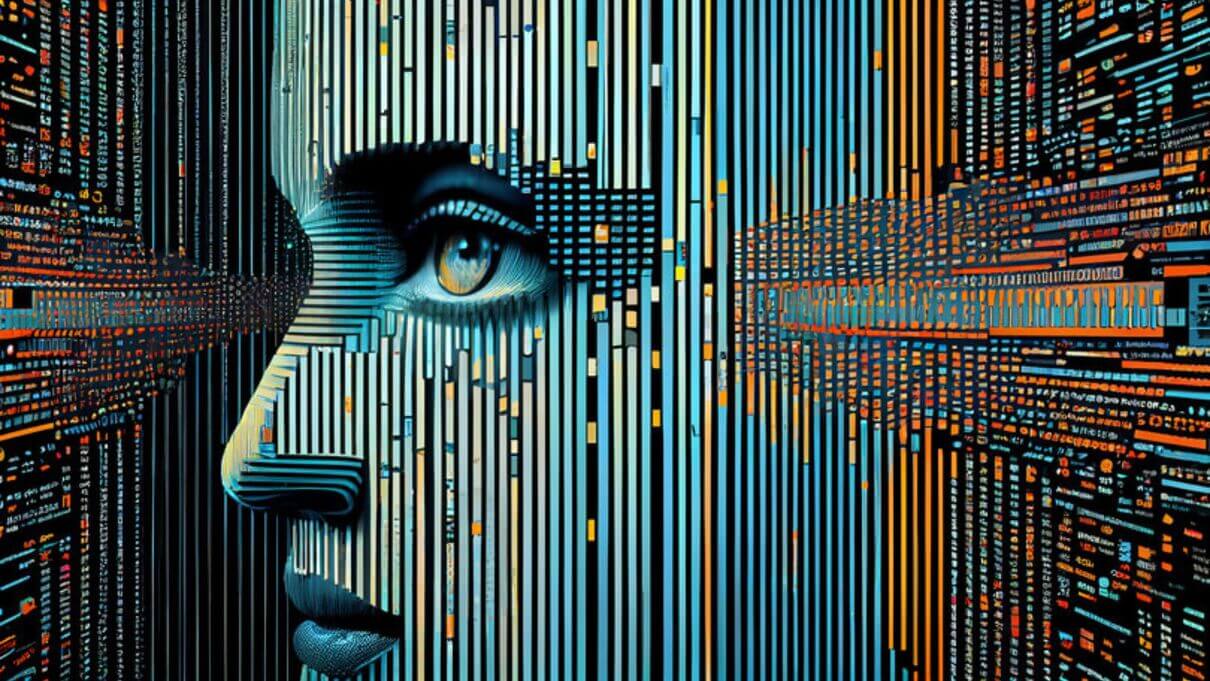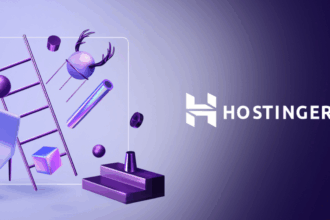The world of creativity is evolving at a rapid pace, and technology plays a significant role in this transformation. Enter generative AI—a groundbreaking innovation that is reshaping the landscapes of film and music. Imagine algorithms crafting soundscapes or generating scripts with an uncanny knack for storytelling. As we embrace these advancements, questions arise: Is this ingenuity or mere imitation?
In Hollywood, where storytelling reigns supreme, the use of AI in filmmaking has sparked lively debates among creators, critics, and audiences alike. Some hail it as a tool that liberates artists from traditional constraints while others view it as a potential threat to human creativity. With each passing day, more filmmakers and musicians are integrating AI into their processes, leading us to ponder its implications on originality and expression.
Are we witnessing the dawn of a new era where machines collaborate with humans in artistic endeavors? Or are they simply mimicking styles that already exist? Join us as we delve deep into the fascinating intersection of generative AI and creative arts—exploring its rise, benefits, limitations, controversies surrounding its use—and what lies ahead for artists navigating this brave new world.
What is Generative AI?
Generative AI refers to a subset of artificial intelligence that focuses on creating new content. Unlike traditional algorithms, which analyze data and provide outputs based on existing patterns, generative AI can produce original works.
This technology uses advanced models like neural networks to understand the intricacies of various forms of art. By learning from vast datasets—be it scripts, melodies, or visual styles—it generates innovative pieces that often mimic human creativity.
In practice, generative AI can create music compositions, write screenplays, or even design visuals without direct human intervention. It’s not merely about replication; it’s an exploration into blending influences and pushing boundaries.
The fascinating aspect lies in its ability to collaborate with artists. This partnership opens doors for experimentation and unique expressions previously unimaginable in creative fields like film and music.
The Rise of Generative AI in Film and Music
Generative AI is rapidly transforming the landscape of film and music. Its capabilities are reshaping how stories are told and sounds are crafted. This technology harnesses vast amounts of data, enabling it to create content that feels both fresh and familiar.
In Hollywood, studios increasingly turn to AI for script development and post-production tasks. With tools capable of analyzing audience preferences, filmmakers can tailor narratives more effectively than ever before.
Music producers also embrace generative algorithms to compose melodies or generate unique beats. These innovations allow artists to explore new sonic territories without traditional constraints.
Collaborations between human creators and AI systems lead to intriguing results. The synergy pushes boundaries, blending artistic vision with machine efficiency in ways previously unimaginable.
As generative technology evolves, it raises questions about originality and authorship while captivating audiences worldwide with its impressive outputs.
Advantages and Limitations of Using Generative AI
Generative AI offers remarkable advantages in creative fields like film and music. It accelerates the content creation process, enabling artists to generate ideas quickly. This efficiency allows filmmakers to explore numerous concepts without extensive resource investment.
Moreover, AI can analyze vast data sets, identifying trends and audience preferences. This insight helps creators tailor their work to meet market demands effectively.
However, there are limitations worth noting. Generative AI lacks true emotional depth and understanding of human experiences. While it can mimic styles, it often falls short of genuine creativity that stems from personal journeys.
Also, reliance on these tools may lead to homogenized outputs as unique voices risk being overshadowed by algorithmic patterns. Creators must balance technology with authenticity to ensure their work resonates meaningfully with audiences.
Controversies Surrounding the Use of Generative AI
The emergence of generative AI in creative fields has sparked heated debates. Critics argue that it threatens the authenticity of artistic expression. Many fear that machines might overshadow human talent, leading to homogenized art forms.
Concerns also arise around copyright issues. Who owns a piece created by an algorithm? The line between inspiration and imitation blurs when AI generates content based on existing works.
Moreover, there’s anxiety regarding the potential loss of jobs in film and music industries. As studios explore AI-driven solutions for scriptwriting or composition, creators worry about their livelihoods being at stake.
Ethical dilemmas abound as well. Can we trust technology to represent diverse voices accurately? Issues surrounding bias in training data can lead to skewed portrayals, which further complicates its role in storytelling.
With these controversies simmering, the conversation about generative AI remains vibrant and complex across creative sectors.
Case Studies: Successful Examples of Generative AI in Film and Music
One striking example of generative AI in filmmaking is the short film “Zone Out,” created by director and artist Timo K. It utilizes AI to generate visual effects that respond dynamically to the narrative. The result is an immersive experience where visuals adapt based on emotional cues, blurring the lines between technology and human expression.
In music, composer Holly Herndon has pushed boundaries with her project “Holly+,” which features a vocal synthesis tool powered by AI. This software learns from Herndon’s own voice, allowing it to create harmonies and layers that feel both familiar yet entirely new.
Another noteworthy case is Netflix’s use of AI algorithms for content recommendation, enhancing viewer engagement while optimizing production decisions based on audience preferences.
These examples showcase how generative AI not only aids creativity but also reshapes artistic landscapes in profound ways across genres.
Ethical Considerations for Creators Using Generative AI
The integration of generative AI in creative fields raises several ethical questions. One significant concern is originality. When machines generate content, how can we ensure it remains truly unique?
Ownership also poses a challenge. If an AI creates a song or film scene, who holds the rights—the programmer, the user, or the machine itself? This ambiguity complicates traditional notions of intellectual property.
Moreover, there’s the risk of perpetuating biases present in training data. AI systems often mirror societal prejudices if not carefully monitored.
Creators must also consider audience perception. Will viewers value art produced by algorithms as much as that created by human hands?
Transparency about using AI tools becomes essential for maintaining trust with audiences and fellow artists alike. As these technologies evolve, ethical frameworks will need to adapt accordingly to safeguard creativity’s integrity while embracing innovation.
The Future of Creativity with Generative AI
The future of creativity is on the brink of transformation, thanks to generative AI. As technology advances, artists will discover new avenues for expression. This could lead to striking collaborations between human ingenuity and machine learning.
Imagine a filmmaker who partners with an AI that suggests unique plot twists or visual styles. The result? A film that feels fresh yet familiar—pushing boundaries while nodding to cinematic history.
Musicians might find themselves co-creating tracks with algorithms that analyze audience preferences in real time. This dynamic interplay can enhance engagement and inspire innovation.
However, as this partnership blooms, questions arise about authenticity and originality. Will art produced through these tools maintain its soul?
As we venture further into this uncharted territory, the dialogue around AI in Hollywood becomes increasingly vital. Balancing technological advancement with artistic integrity may well define our creative landscape moving forward.
Conclusion
Generative AI is undoubtedly reshaping the landscapes of film and music. As creators explore new tools, they find a blend of enhancement and challenge in their workflows. The rise of this technology offers exciting possibilities but also raises questions about originality and ownership.
The advantages are clear — efficiency, innovation, and novel ideas can emerge from algorithms that analyze patterns in existing works. Yet limitations exist too; generative AI may struggle to convey deep emotional nuances inherent in human creativity.
Controversies linger over whether such technologies dilute artistic integrity or expand creative horizons. High-profile case studies illustrate the potential for groundbreaking projects while igniting debates around copyright issues.
As ethical considerations become more pronounced, artists must navigate these waters carefully, ensuring respect for both their craft and those whose work inspires them.
Looking ahead, the dialogue between AI in filmmaking and traditional methods will continue to evolve. The future holds promise as we balance technological advancements with genuine artistry—setting the stage for an exciting chapter where collaboration could redefine what it means to create.










